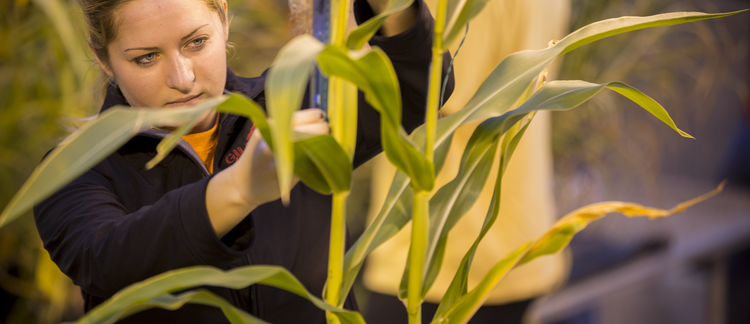Abstract
Industrial production of certain amino acids by fermentation requires acquisition of peptide solutions obtained from soybean meal by acidic hydrolysis. Because this hydrolysis is exothermic, a great amount of heat is released, and the residue is carbonized much like a process that produces charcoal. About one-half of the nitrogen (N) and a majority of the phosphorus (P) remain un-hydrolyzed in this residue. Although this byproduct could be neutralized with lime, I was interested in finding a use for it in its acidic state. Use of this material for establishment of acid-loving crops was a natural selection and blueberries were a logical fit as a crop to be grown. In order to evaluate this acid residue, a comparison of it with accepted soil acidification and modification procedures was deemed appropriate. Current conventional blueberry establishment in Iowa uses sphagnum peat moss (SPM) to alter soil physical conditions and elemental sulfur (ES) to acidify the soil. Besides acidic soybean meal residue (SMR), spent diatomaceous earth filter (DEF) was used to modify a clay soil to a lighter, silty texture.
Keywords: Agronomy
How to Cite:
Henning, S., (2001) “Blueberry Production on Soils Amended with an Acidic Biotechnology Fermentation By-product”, Iowa State University Research and Demonstration Farms Progress Reports 2000(1).
Downloads:
Download pdf
View PDF
214 Views
95 Downloads

